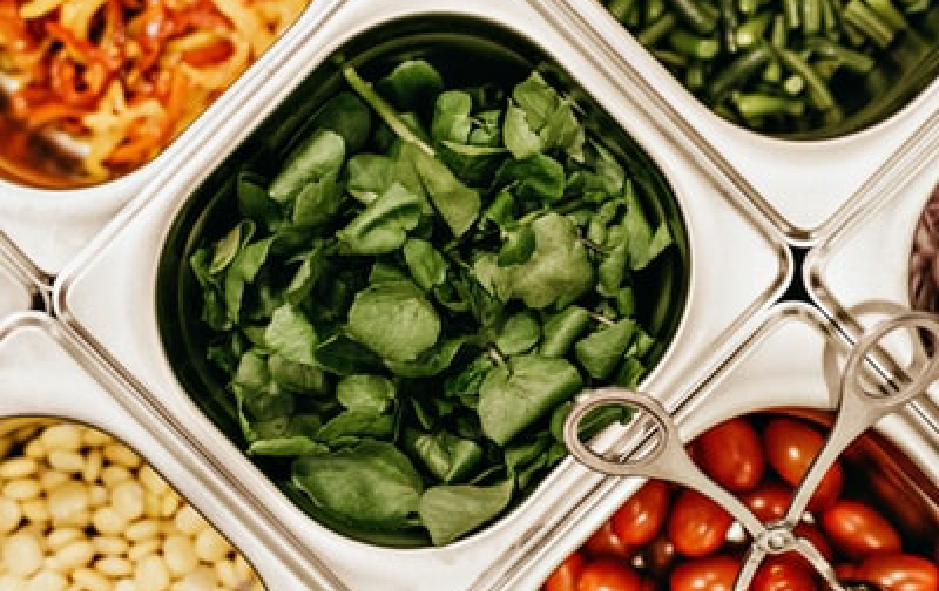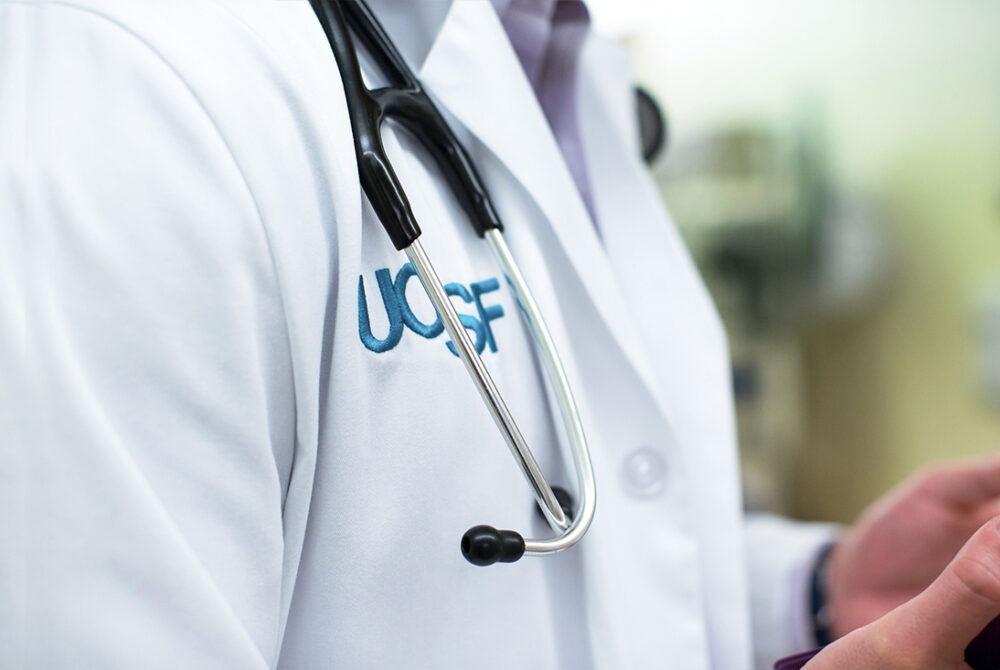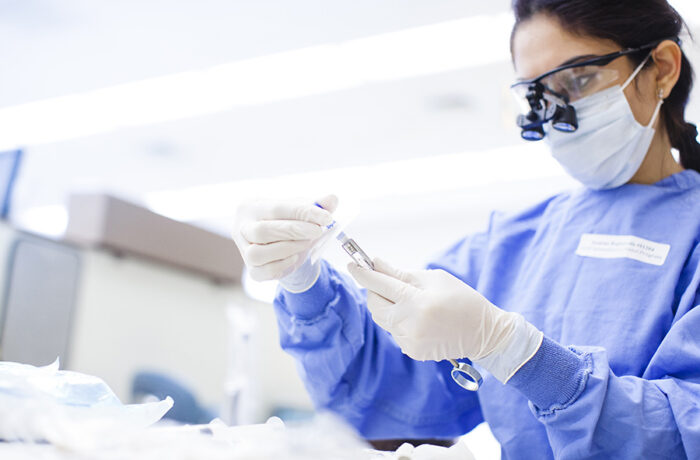UCSF Health is focused on tackling the most difficult challenges, not only to provide the best possible health outcomes for patients but to push innovation further.
This was demonstrated when COVID-19 hit the San Francisco Bay Area and personal protective equipment immediately became scarce. Supply chain management pivoted from purchasing disposable isolation gowns to buying washable isolation gowns for the emergency departments, COVID-19 unit and isolation rooms. This change is projected to save over $100,000 per year and divert 120,000 pounds per year from landfill. Confronting limited supplies of N95 masks, UCSF Health marshalled the campus’s eight 3D printers to make 8,000 face shields in a few weeks. The PET recyclable plastic can later be collected, pelletized and extruded into filament for reuse, saving thousands of dollars in the coming years. The Office of Sustainability helped fund the purchase of the extruder to make this closed-loop recycling system possible. Faculty and staff also came together to test ultraviolet light, hydrogen peroxide fog and irradiation to disinfect N95 masks for reuse. Engineering staff worked to provide negative pressurization for COVID-19 treatment areas.
In 2020, UCSF Health focused on waste reduction with the conclusion of an $85,000 City and County of San Francisco Waste grant, resulting in a reduction of over 92 tons per year of solid waste, exceeding a goal of 72 tons per year. In addition, Dr. Seema Gandhi’s team won a $50,000 Caring Wisely grant, one of three teams selected from 25 applications, for her proposal to focus on operating room and intensive care unit waste reduction by measuring pre- and post-intervention metrics and using Lean principles to implement changes in practices that reduce waste, save resources and reduce costs. New waste sorting training was developed to meet local waste diversion ordinances and UC goals.

ENERGY USE INTENSITY (EUI)
Water
ZERO WASTE – DIVERTED
Food

total spend on food and beverages
of food and beverage purchases met sustainability criteria in fiscal year 2019-20
UC San Francisco Health continues to set ambitious goals, with a goal for 2030 of 30% spend on sustainable food and beverages.
Green building
UC San Francisco Health received 1 LEED Gold certification in 2020.
3 Gold, 2 Silver and 1 Certified
Total number of LEED certifications
Awards
UC San Francisco Health was the proud recipient of a Practice Greenhealth Emerald Award in 2020.
A full list of awards is here.
Combined Data
Progress on the following policy areas for this Health System are reported by the campus location:
 Sustainability Annual Report 2020
Sustainability Annual Report 2020

